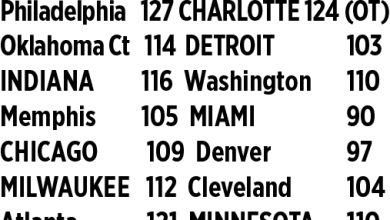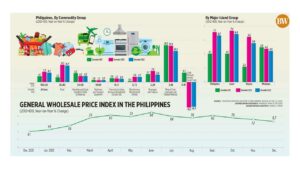June BoP deficit narrows to $606M

THE PHILIPPINES’ balance of payments (BoP) position remained in a deficit in June, as the National Government (NG) settled foreign currency debt obligations.
Data from the Bangko Sentral ng Pilipinas (BSP) showed the BoP deficit narrowed to $606 million in June from the $1.6-billion gap in the same month last year.
Month on month, the BoP gap widened from the $439-million deficit in May.
“The BoP deficit in June 2023 reflected outflows arising mainly from the National Government’s net foreign currency withdrawals from its deposits with the BSP to settle its foreign currency debt obligations and pay for its various expenditures,” the central bank said in a statement.
The BoP is a gauge to show the country’s economic transactions with the rest of the world at a given time. A deficit means more funds exited the economy than went in, while a surplus shows more money flowed into the country.
Despite incurring a deficit for the last three months, the BoP position stood at a surplus of $2.3 billion in the first six months of 2023. This is a reversal of the $3.1-billion deficit in the same period in 2022.
“Based on preliminary data, the cumulative BoP surplus reflected inflows that stemmed mainly from personal remittances, net foreign borrowings by the NG, trade in services, and foreign direct investments,” the central bank said.
Security Bank Corp. Chief Economist Robert Dan J. Roces said the narrower deficit in June compared with a year ago reflects the stability of the Philippine peso as well as easing inflation, which made import costs cheaper.
Inflation slowed to 5.4% in June from 6.1% in May, marking the fifth straight month inflation declined since it peaked at 8.7% in January. For the first six months of the year, inflation averaged 7.2%.
The peso closed at P55.20 on June 30, strengthening by 1.7% or 95 centavos from its P56.15 finish on May 31.
However, a slowdown in China’s economy affected the country’s exports, Mr. Roces said.
In the first five months of the year, exports fell by 11.5% to $28.21 billion. This brought the trade deficit to $23.99 billion in the January-to-May period, nearly flat from a year ago.
“The resilience in remittances also was a factor, considering there’s an economic slowdown and elevated inflation in the major host economies; this helped boost the country’s foreign exchange reserves,” Mr. Roces added.
The BSP also noted that the BoP position reflects the final gross international reserves (GIR) level of $99.4 billion as of end-June, 1.2% lower than the $100.6 billion as of end-May.
The GIR represents 7.3 months’ worth of imports of goods and payments of services and primary income.
It can also cover up to 5.7 times the country’s short-term external debt based on original maturity and four times based on residual maturity.
“Short-term debt based on residual maturity refers to outstanding external debt with original maturity of one year or less, plus principal payments on medium- and long-term loans of the public and private sectors falling due within the next 12 months,” the BSP said.
Rizal Commercial Banking Corp. Chief Economist Michael L. Ricafort said the BoP position could be supported by further narrowing of the trade deficit amid a decline in the prices of oil and other commodities imported by the Philippines.
The proposed $2-billion retail bonds to be offered by the government in the third quarter will also support the BoP position and dollar reserves in the latter part of the year, Mr. Ricafort said.
Finance Secretary Benjamin E. Diokno earlier said the government is planning to launch a retail dollar bond offering, marketed to overseas Filipino workers and the investing public.
The Philippines’ last retail dollar bond sale was in 2021, when it raised $1.6 billion.
Last month, the BSP said it expects the country to post a narrower BoP deficit this year as trade and capital flows were seen to moderate amid weak global demand.
The BSP revised its BoP deficit forecast to $1.2 billion, or equivalent to -0.3% of gross domestic product (GDP), lower than the previous projection of a $1.6-billion gap (-1.3% of GDP) in March.
The BSP also projected a narrower current account deficit of $15.1 billion (-3.4% of GDP) this year from $17.1 billion (-4% of GDP) previously.
The country’s GIR is expected to hit $100 billion by end-2023 and $102 billion by end-2024. — Keisha B. Ta-asan




